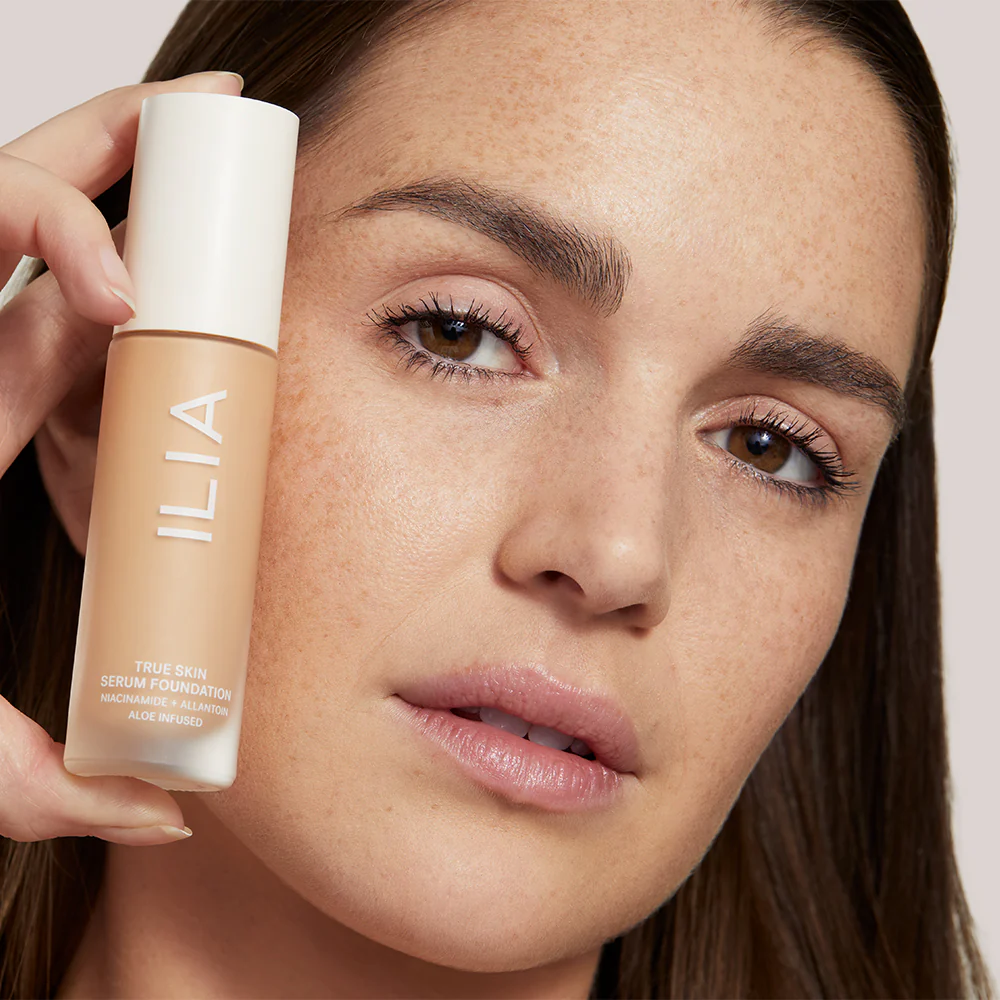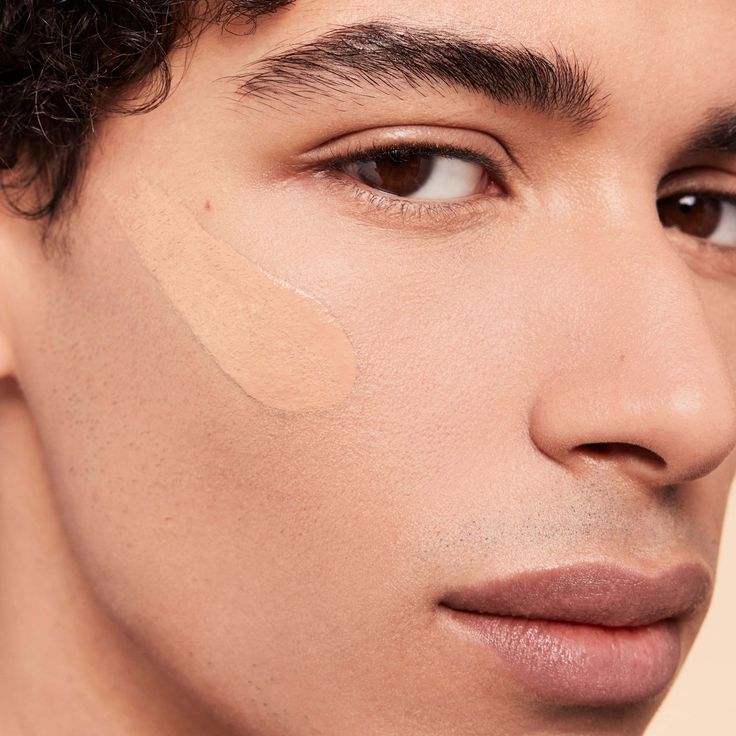
Is Your Foundation Water-Based or Silicone-Based?
The Importance of Foundation Bases
The foundation you choose is crucial for your makeup’s performance. It sets the stage for the rest of your cosmetic application. Picking the right base – water or silicone – affects how your makeup interacts with your skin and other products. It influences the finish, wear time, and how natural or polished the final look appears. How to tell if foundation is water-based or silicone?Understanding the difference between water-based and silicone-based foundations is the first step in creating makeup that lasts.
Identifying the Base of Your Makeup for Lasting Wear
To identify if a foundation is water-based or silicone, start by checking the label. Look for key silicone indicators like ‘dimethicone’ and ‘cyclopentasiloxane’, usually ending in -cone or -siloxane. If water is a primary ingredient, followed by substances that aren’t silicone derivatives, the foundation is likely water-based. Know that silicone-based foundations usually offer a smoother finish and longer-lasting wear, while water-based ones feel lighter and look more natural.
How to tell if foundation is water-based or silicone?For lasting wear, it’s essential to not mix base types. Silicone-based foundations need primers with a matching silicone base to adhere properly. Water-based foundations require water-based primers for the best results. Recognizing the base of your products prevents makeup from sliding off and ensures a cohesive and flawless look throughout the day.

Key Indicators of Water-Based Foundations
When looking for water-based foundations, key indicators can guide you. Recognize the ingredients to make the right choice.
Recognizing Ingredients That Signal a Water Base
How to tell if foundation is water-based or silicone?To identify a water-based foundation, check the product’s ingredients list. Water should be one of the first items. Look for ingredients such as glycerin or Ethylhexyl Palmitate following water. Other key elements beneficial in water-based products might include plant extracts and natural oils. They enhance hydration without adding silicone’s weight. Steer clear of ingredients ending in -cone, -conol, -silane, or -siloxane, as these often denote silicones.
Water-based makeup offers a natural, light texture, making it perfect for sensitive or acne-prone skin. It’s less likely to clog pores or trigger breakouts. Typically preferred for daily wear, it provides a fresh look and breathability that feels great on your skin. Always remember, for a truly water-based product, silicone ingredients should appear near the bottom of the list, if at all. This minor presence won’t affect the product’s main water-based characteristics.
Key Indicators of Silicone-Based Foundations
When you browse for silicone-based foundations, certain ingredients are telltale signs. Knowing these will help you choose wisely.
Understanding Silicone Derivatives in Makeup
Silicone-based foundations have unique ingredients. These give makeup a smooth, long-lasting finish. They often have names ending in -cone, -conol, -silane, or -siloxane. Common examples include Dimethicone and Cyclopentasiloxane. These silicones help makeup fill fine lines and pores. This creates a flawless canvas on your skin.
Silicone derivatives allow foundation to resist sweat and oil. This makes them perfect for events or long days. A silicone base helps your makeup stay fixed for hours. It enables a polished and professional look.
When choosing makeup, note the ingredient list. Silicones are usually listed near the top. This signals a strong silicone base. If you see words ending in the key silicone indicators, you’re looking at a silicone-based product.
Remember, silicone-based makeup works best with silicone-based primers. This match ensures no makeup-sliding accidents. Always pair like with like for the best results!

The Impact of Mixing Makeup Bases
Understanding the foundations and their bases is critical.
Why Your Makeup Might Be Sliding Off
The issue of makeup sliding off can be perplexing, especially when you have prepped your skin meticulously. However, a common cause may be the mixing of makeup bases. Here’s why:
- Incompatible Layers: Water-based products require water-based primers, and silicone-based products need silicone-based primers. Mismatching these can cause makeup to separate and slide off.
- Repelling Effect: Water and silicone repel each other. A silicone-based foundation atop a water-based primer won’t blend; it will instead sit atop, making your makeup come off easily.
- Longevity Concerns: Makeup that mixes bases will not last as long as when compatible products are used. This means you may see your makeup fade or chip away quicker.
- Uneven Application: When bases are mixed, makeup may apply unevenly, resulting in noticeable patches or streaks on the skin.
To avoid your makeup from sliding off, it’s important to match the base of your foundation with the same base type in primers and other products. This ensures a seamless and enduring application.
How to Check Your Makeup Ingredients
To ensure your makeup adheres well and looks flawless, checking the foundation’s ingredients is key. Here’s a guide to help you decipher makeup product labels accurately and quickly.
A Guide to Deciphering Product Labels
Start by reviewing the ingredient list on your makeup packaging. The list is in descending order, with the highest concentration components first. Here’s what you should be looking for:
- Top Listed Ingredients: If the list begins with water and is followed by non-silicone substances like glycerin or natural oils, it’s likely water-based.
- Silicone-Based Indicators: Look for ingredients ending in -cone, -conol, -silane, or -siloxane, such as Dimethicone or Cyclopentasiloxane; these suggest a silicone base.
- Common Water Ingredients: Besides water, other water-friendly ingredients include Ethylhexyl Palmitate and plant extracts.
- Hidden Silicones: Some water-based products may contain silicone further down the list. This doesn’t change the foundation’s classification as water-based.
- Matching Products: To prevent makeup from sliding off, pair products with identical base ingredients for better compatibility.
Remember, your makeup’s performance hugely depends on how well products layer together. Matching your makeup to the ingredients of other products you use can make a difference in the longevity and appearance of your makeup.

Choosing the Right Foundation for Your Skin Type
The foundation you select plays a major role in how your skin looks and feels. With different types available, it’s important to choose one that aligns with your skin’s needs. When making your choice between silicone and water-based formulas, consider your skin type and any concerns you may be dealing with.
Silicone vs. Water-Based Formulas for Different Skin Concerns
If you have oily or combination skin, silicone-based foundations may be more suitable. They are great for controlling shine and provide a matte finish that lasts. They also resist sweat and oil, so your makeup stays put for longer.
For those with dry or sensitive skin, water-based foundations are usually better. They offer hydration and a dewy look without feeling heavy. Water-based foundations typically don’t clog pores, making them a good choice if you’re prone to breakouts or irritation.
Mature skin may benefit from silicone-based formulas as well. They can smooth out fine lines and give a more youthful appearance. On the other hand, if you’re after a light coverage for a natural look, go for a water-based product.
Always consider your skin concerns when deciding how to tell if foundation is water-based or silicone. This knowledge helps in picking a foundation that not only enhances your beauty but also cares for your skin. Remember the general rule: like pairs with like for makeup that doesn’t separate or slide off.
The Role of Primers in Makeup Longevity
Primers are essential for a lasting makeup look. They prep the skin and ensure makeup sticks. The right primer can mean the difference between a look that lasts hours or one that fades quickly.
Matching Your Primer with Your Foundation Base
To keep makeup in place, pairing primer with foundation is key. Use a water-based primer with water-based foundation. Do the same for silicone-based products. This prevents makeup from breaking down. And, it stops foundation from sliding off your face.
For example, if your foundation lists water and glycerin up top, go for a water-based primer. But if you see dimethicone or any other ‘-cone’, ‘-conol’, ‘-silane’, or ‘-siloxane’, choose a silicone-based primer. Check the label to make sure you match them correctly.
Silicone primers smooth your skin, filling in lines and pores. Water-based primers keep your face hydrated. They are light and good for sensitive or dry skin. Always check your labels to ensure you are pairing your products for the best longevity.

Tips for Ensuring Compatible Makeup Layering
To prevent makeup mishaps, it’s essential to layer compatible products. Here are some tips to ensure your foundation and primer work well together.
Best Practices for Combining Foundation and Primer
First, identify the base of your foundation. Is it water-based or silicone-based? Knowing this is key to selecting the right primer. If unsure, refer to the product’s ingredient list.
For water-based foundations, opt for a water-based primer. This ensures a natural, light feel on the skin, suitable for daily use. It is less likely to cause skin irritation or clogged pores, which is especially good for sensitive or acne-prone skin.
With silicone-based foundations, choose a silicone-based primer. They offer a smooth finish and prolonged wear. They’re effective at filling in pores and fine lines, giving you an even canvas for makeup application.
When layering, apply your primer first and let it set. This will create a uniform surface for your foundation. Then, apply your foundation evenly. This method helps prevent makeup from coming off and maintains a cohesive look throughout the day.
Avoid mixing bases between your primer and foundation. This can lead to makeup separating on your skin. Stick to like with like – water with water, silicone with silicone – for best results.
Lastly, for touch-ups, use products that match your base. This maintains consistency and extends the wear of your makeup. Practice these best practices to enjoy a flawless, long-lasting makeup appearance.

